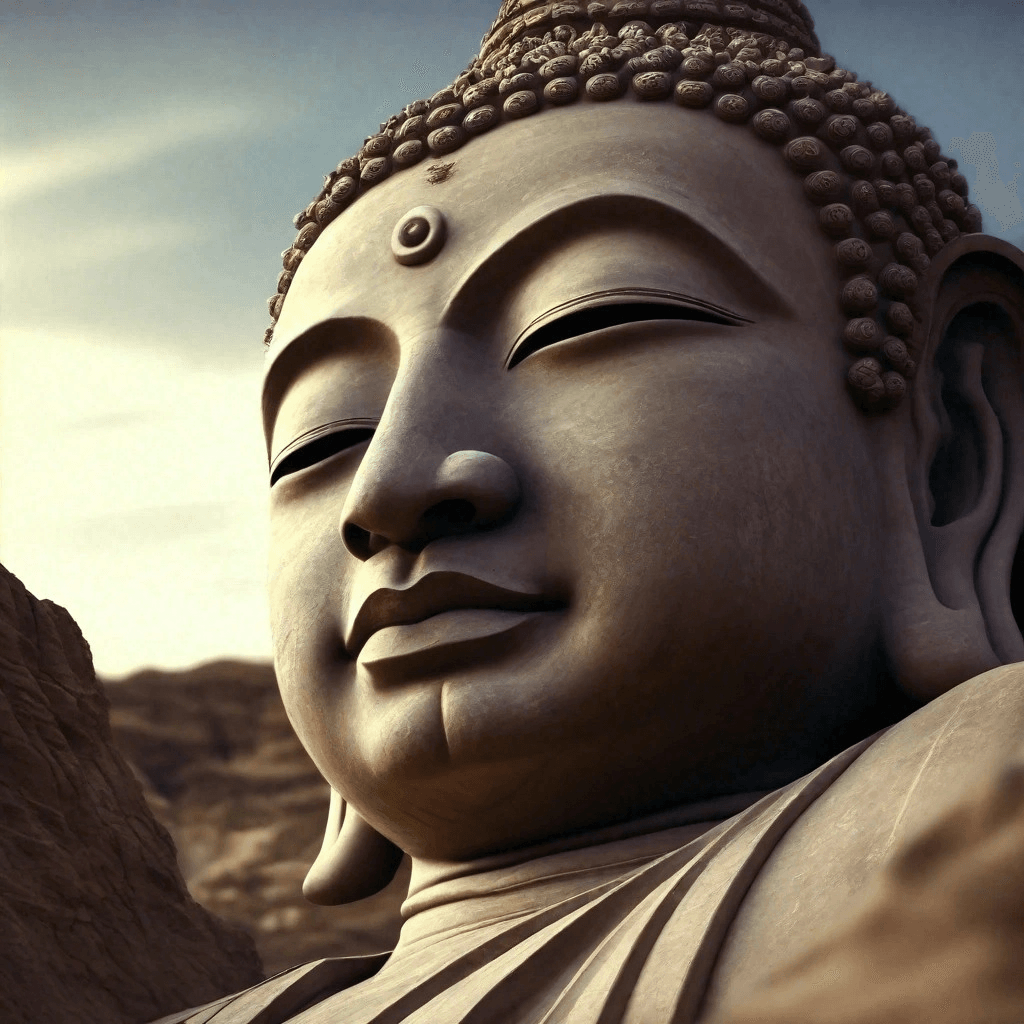
48. Understanding the Eight Limbs of Yoga
Understanding the Eight Limbs of Yoga
The Eight Limbs of Yoga, as outlined by the sage Patanjali in the ancient text “The Yoga Sutras,” provide a comprehensive framework for the practice and philosophy of yoga. These limbs offer a path to self-realization and enlightenment, guiding practitioners through ethical behavior, physical postures, breath control, and meditation. This guide explores each of the eight limbs, elucidating their significance and application in both ancient and modern contexts.
1. Yama (Ethical Disciplines)
Overview:
Yama represents moral guidelines that govern behavior and interactions with others, promoting a harmonious and ethical lifestyle. There are five yamas, each focusing on a specific ethical principle.
Five Yamas:
– Ahimsa (Non-violence): Practicing kindness and non-violence towards all living beings in thoughts, words, and actions.
– Satya (Truthfulness): Being honest and truthful without causing harm to others.
– Asteya (Non-stealing): Refraining from theft or exploitation and respecting others’ possessions and rights.
– Brahmacharya (Celibacy or Moderation): Exercising self-control and moderation in all aspects of life, often interpreted as responsible and respectful sexual behavior.
– Aparigraha (Non-greed): Avoiding excessive accumulation and attachment to material possessions, cultivating a mindset of contentment and simplicity.
2. Niyama (Personal Observances)
Overview:
Niyama involves personal disciplines and practices that promote self-care, self-discipline, and spiritual growth. There are five niyamas, each focusing on self-improvement and inner development.
Five Niyamas:
– Saucha (Purity): Maintaining cleanliness and purity of the body, mind, and environment.
– Santosha (Contentment): Cultivating a sense of contentment and gratitude, accepting life’s circumstances with equanimity.
– Tapas (Austerity): Practicing self-discipline and perseverance, often through physical or mental challenges, to achieve spiritual growth.
– Svadhyaya (Self-study): Engaging in self-reflection and the study of sacred texts to gain deeper self-awareness and knowledge.
– Ishvara Pranidhana (Surrender to a Higher Power): Devoting oneself to a higher power or the divine, surrendering the ego, and trusting in the greater plan of the universe.
3. Asana (Physical Postures)
Overview:
Asana refers to the physical postures practiced in yoga, designed to promote physical health, flexibility, strength, and mental focus. While modern yoga often emphasizes asana, it is just one aspect of the holistic practice.
Purpose of Asana:
– Physical Health: Enhancing strength, flexibility, and balance.
– Preparation for Meditation: Preparing the body to sit comfortably for extended periods during meditation.
– Mind-Body Connection: Cultivating awareness and mindfulness through physical movement.
4. Pranayama (Breath Control)
Overview:
Pranayama involves the regulation and control of breath to influence the flow of prana (life force energy) in the body. It is a powerful tool for calming the mind, increasing vitality, and supporting overall health.
Common Pranayama Techniques:
– Ujjayi (Victorious Breath): A slow, deep breathing technique that creates a gentle sound and promotes relaxation.
– Nadi Shodhana (Alternate Nostril Breathing): Balancing the flow of energy through the body by alternating breaths between nostrils.
– Kapalabhati (Skull Shining Breath): A cleansing breath involving forceful exhalations and passive inhalations, energizing the body and mind.
5. Pratyahara (Withdrawal of Senses)
Overview:
Pratyahara involves withdrawing the senses from external stimuli, turning inward to focus on the inner self. This practice prepares the mind for deeper meditation by reducing distractions and sensory overload.
Practicing Pratyahara:
– Meditative Focus: Practicing techniques that draw attention away from external stimuli and towards internal awareness.
– Mindfulness: Developing the ability to observe thoughts and sensations without reacting to them.
6. Dharana (Concentration)
Overview:
Dharana refers to the practice of concentration, focusing the mind on a single point or object. This stage lays the groundwork for meditation by training the mind to remain steady and undistracted.
Techniques for Dharana:
– Trataka (Candle Gazing): Focusing on the flame of a candle to enhance concentration.
– Mantra Repetition: Repeating a word or phrase to maintain focus and prevent the mind from wandering.
– Object Focus: Concentrating on an object, such as a flower or a symbol, to train the mind in sustained attention.
7. Dhyana (Meditation)
Overview:
Dhyana is the practice of meditation, involving sustained, uninterrupted focus and contemplation. It represents a deeper state of concentration where the mind becomes absorbed in the object of focus, leading to inner stillness and clarity.
Forms of Dhyana:
– Guided Meditation: Following verbal instructions to maintain focus and relaxation.
– Silent Meditation: Sitting in silence, observing thoughts and sensations without attachment or judgment.
– Mindfulness Meditation: Maintaining present-moment awareness, observing the flow of thoughts and feelings with equanimity.
8. Samadhi (State of Bliss or Enlightenment)
Overview:
Samadhi is the ultimate goal of the Eight Limbs of Yoga, representing a state of complete absorption, union with the divine, and liberation from the cycle of birth and death. It is a state of profound peace, bliss, and self-realization.
Stages of Samadhi:
– Savikalpa Samadhi: A state of meditative absorption with awareness of duality (e.g., observer and observed).
– Nirvikalpa Samadhi: A deeper state where duality dissolves, and there is complete unity with the object of meditation or the divine.
Integrating the Eight Limbs in Modern Life
Holistic Practice:
– Balanced Approach: Integrating ethical principles (yamas and niyamas), physical practices (asanas), breath control (pranayama), and meditation techniques (pratyahara, dharana, dhyana) into daily life.
– Mindfulness: Cultivating mindfulness and presence in everyday activities, from work to personal relationships.
Personal Growth:
– Self-Reflection: Regularly assessing personal growth and areas for improvement in alignment with the Eight Limbs.
– Adaptability: Tailoring the practices to fit individual needs, preferences, and life circumstances.
Conclusion
Understanding the Eight Limbs of Yoga offers a comprehensive framework for achieving physical health, mental clarity, and spiritual growth. By embracing these principles, practitioners can cultivate a balanced and fulfilling life, grounded in ethical behavior, self-discipline, and inner peace. The Eight Limbs provide a timeless guide for personal transformation and the pursuit of enlightenment, relevant to both ancient wisdom and modern living.



